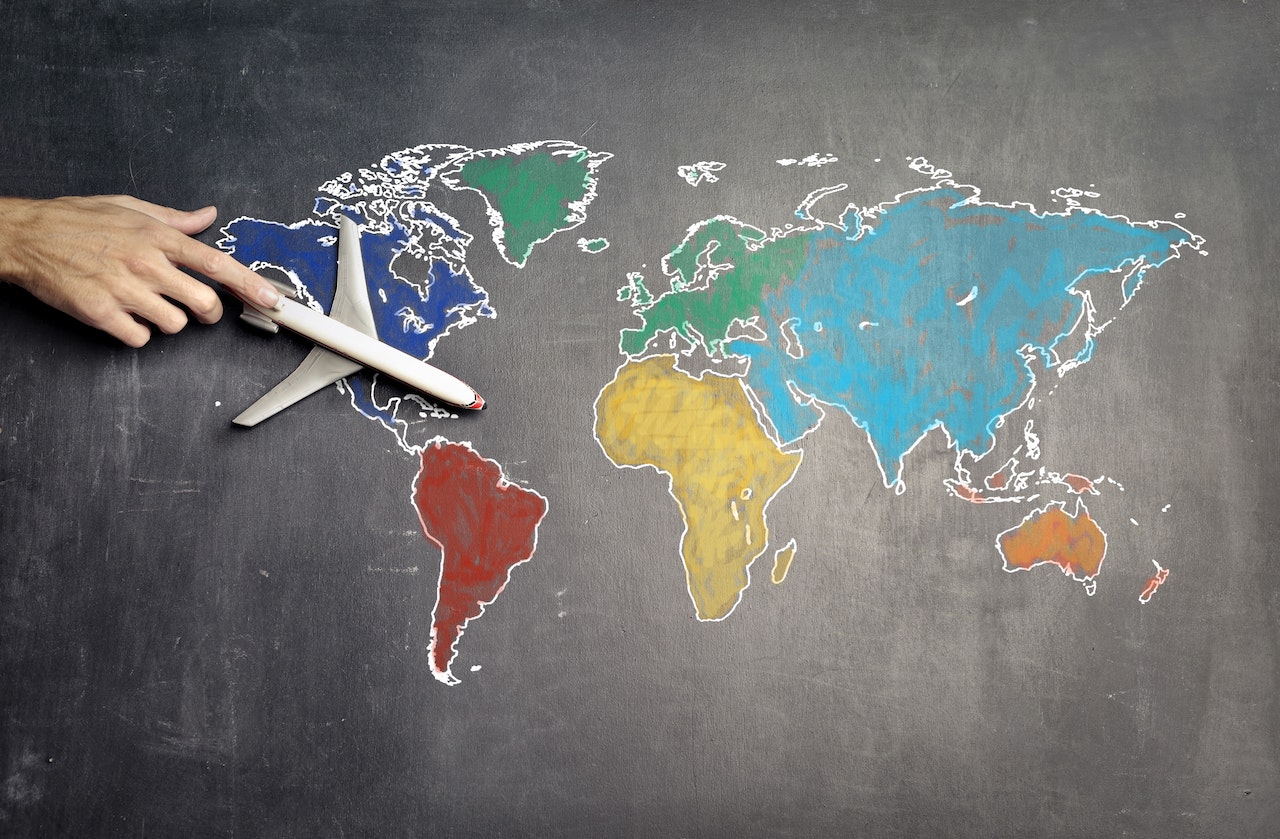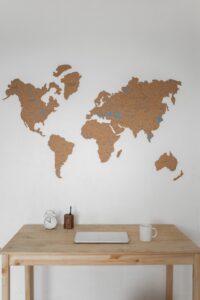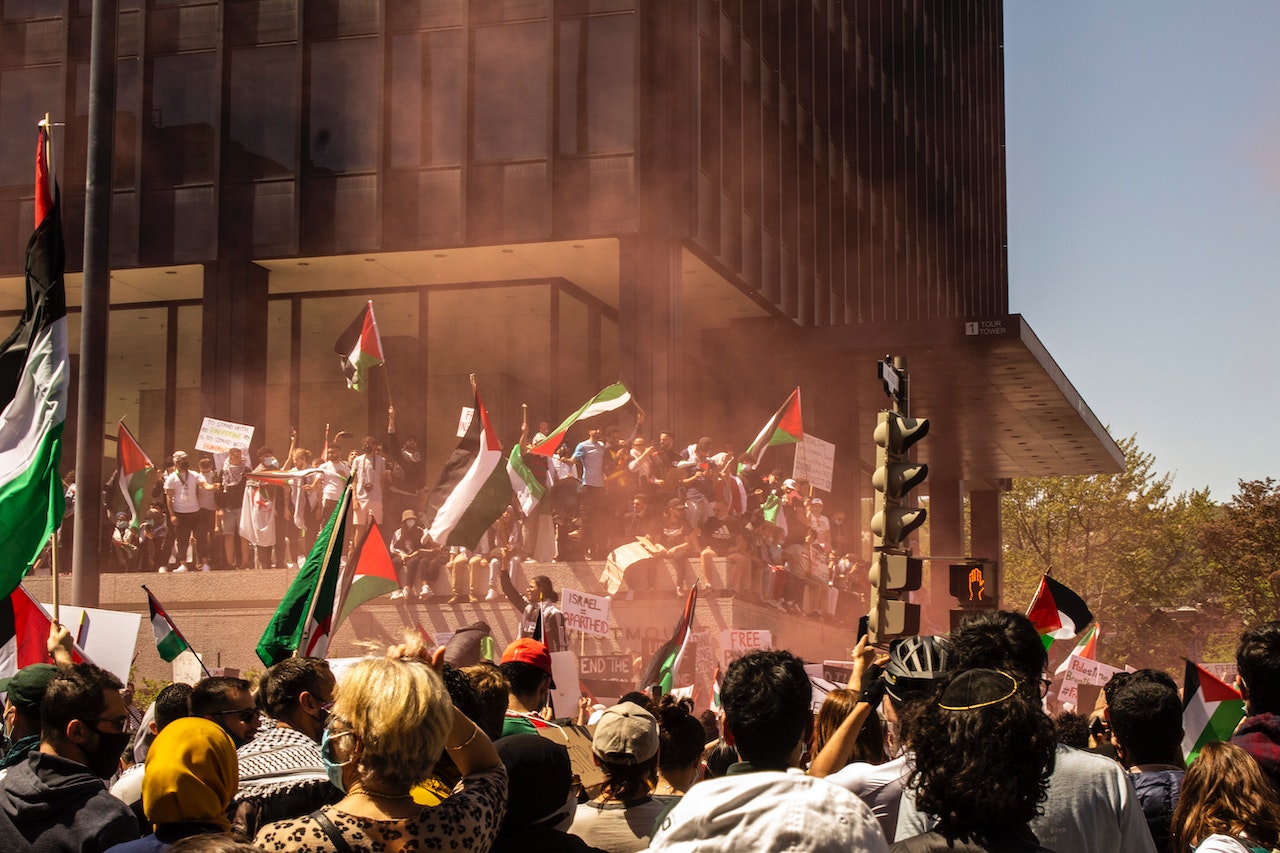Uncovering Lesser-Known Areas on the Palestine Map

The Palestine map holds immense historical significance, as it captures the complex and evolving nature of the region’s boundaries and political landscape. Dating back to ancient times, various empires such as the Egyptian, Persian, Greek, and Roman had control over parts of Palestine. However, it was during the Ottoman Empire’s rule from 1516 to 1917 that a cohesive territory known as Palestine began to take shape.
It was in this period that many of Palestine’s defining features emerged: cities like Jerusalem and Bethlehem gained cultural importance; religious sites were constructed or renovated; and social, economic, and administrative systems were established. The British Mandate era further solidified the notion of a distinct Palestinian identity by establishing clearly defined borders for the territory. Throughout history, these borders have been dynamic due to conflicts such as Arab-Israeli wars and Israeli settlements displacing Palestinians from their homes. Understanding the historical significance of the Palestine map allows us to appreciate both its rich cultural heritage and its ongoing geopolitical complexities that continue to shape discussions around peace negotiations today. More than just lines on paper, this map represents centuries of diverse civilizations coexisting within one territory. As we explore its intricate details with an open mind, we uncover stories spanning numerous conquests and conflicts—a testament to how deeply intertwined our shared human history truly is.
Controversies Surrounding the Palestine Map

The Palestine map is not just a mere representation of geographical boundaries; it holds deep political and historical significance, which has sparked countless controversies. One of the key debates surrounding the Palestine map is its recognition by various countries and international bodies. While some nations have officially recognized Palestine as an independent state, others argue that doing so undermines Israel’s sovereignty and complicates the already fragile peace process in the region. Another controversy centers around the depiction of borders on the Palestinian map. The exact demarcation lines between Israel and Palestine are still a subject of contention, with both parties making claims to certain territories. This dispute further fuels tensions in an already volatile situation, leaving little room for compromise or peaceful negotiations.
Critics argue that maps can be used as propaganda tools to shape narratives and influence public opinion. Both sides involved in the Israeli-Palestinian conflict often use maps to present their own version of history and territorial rights, selectively highlighting certain areas while omitting others. This manipulation not only distorts reality but also perpetuates misconceptions and exacerbates hostilities between communities. Understanding the intricacies behind controversies surrounding the Palestine map sheds light on why this seemingly relic piece of paper carries such weighty importance even today. Its implications reach far beyond geography or cartography; they delve into complex political dynamics, conflicting national identities, and deeply rooted historical grievances that continue to shape one of the world’s most protracted conflicts.
The Impact of the Palestine Map on Politics and Conflict
The Palestine map is not just an innocent depiction of geographical boundaries; it holds immense political and symbolic significance. Over the years, the power dynamics surrounding this map have shaped and perpetuated the ongoing conflict between Israel and Palestine. The contentious issue arises from competing claims to territory based on historical, religious, and political narratives. One key aspect is the portrayal of borders within the Palestine map. The delineation of these borders has been a subject of heated negotiations, with both sides seeking to establish their own notion of sovereignty and control over various regions. This constant tug-of-war has only deepened the divide between Israelis and Palestinians, as each side views any alteration to these borders as an encroachment on their rights and aspirations for statehood.
The Palestinian territories depicted on maps are often reduced in size or fragmented by Israeli settlements, walls, checkpoints, or other infrastructure that further complicates any prospects for peace and resolution. These physical barriers create a sense of exclusion for Palestinians who face restricted movement within their own land while reinforcing Israel’s dominance in controlling resources and access to essential services. It is evident that far beyond being just lines on paper or computer screens, the Palestine map symbolizes divergent narratives that fuel political debates around self-determination, colonialism, occupation, and human rights violations. Recognizing this impact is crucial for understanding the complexities involved in finding a lasting solution to one of the world’s longest-running conflicts.
Different Perspectives on the Palestine Map
When discussing the Palestine Map, it is important to acknowledge the complex and multi-faceted perspectives that exist. On one hand, supporters of Israel argue that the current map accurately represents their historical and legal claim to the land. They assert that Jews have a long-standing connection to this region and cite biblical references as evidence of their rightful ownership. Moreover, they emphasize the importance of security concerns, highlighting past conflicts and ongoing threats from neighboring countries. On the other hand, proponents of a Palestinian state argue that the current map does not accurately reflect historical realities or international law. They contend that Palestinians have been marginalized and displaced since the establishment of Israel in 1948. These critics often point out that many Palestinians are living in refugee camps or under occupation, further fueling their desire for self-determination through an independent state.
It is important to recognize these contrasting viewpoints when examining any discussion related to the Palestine map. The history, emotions, and political sensitivities surrounding this issue make it highly contentious. In order to foster productive dialogue and work towards a resolution, it is crucial to understand and respect all perspectives involved in this complex geopolitical puzzle
The Importance of Recognizing Multiple Narratives

It is crucial to recognize and understand multiple narratives when discussing complex geopolitical issues like the Palestine-Israel conflict. The existence of differing perspectives does not undermine the validity of one narrative over another; instead, it highlights the importance of empathy and acknowledging diverse experiences. Recognizing multiple narratives allows for a more comprehensive understanding of the issue at hand. By exploring different accounts from various sources, we can uncover hidden histories, untold stories, and marginalized voices that have been overshadowed by dominant narratives. This process enables us to challenge our own preconceived notions and biases and fosters a more inclusive dialogue where all perspectives are given equal weight.
Recognizing multiple narratives helps humanize those involved in a conflict. It allows us to see beyond simplistic labels such as oppressor or victim and recognize the complexities of individual experiences. By considering multiple viewpoints, we can gain a deeper appreciation for shared humanity and find common ground that might otherwise go unnoticed. By valuing multiple narratives in discussions about complex issues like the Palestine–Israel conflict, we foster empathy, promote understanding, and create space for meaningful dialogue. Only by recognizing the multitude of voices can we truly work towards a just resolution that respects the rights and aspirations of all parties involved. So let us strive to be open-minded listeners who seek out diverse perspectives — it is only through this humble approach that lasting peace can be achieved in any conflict.



